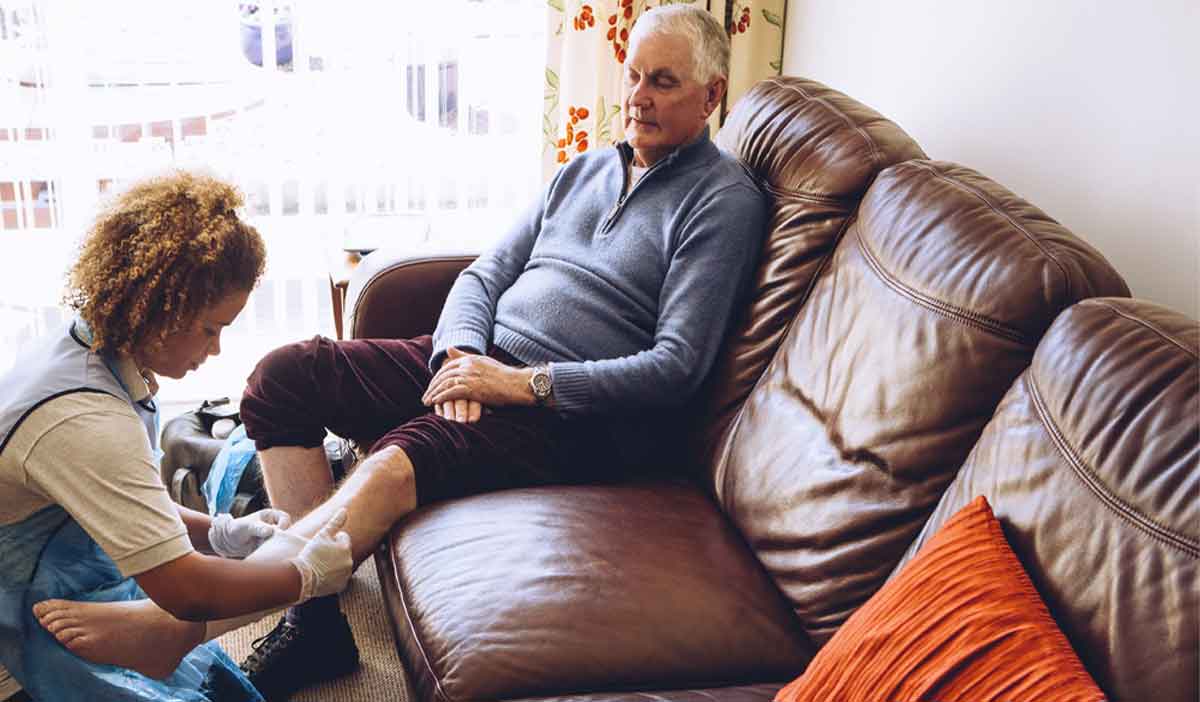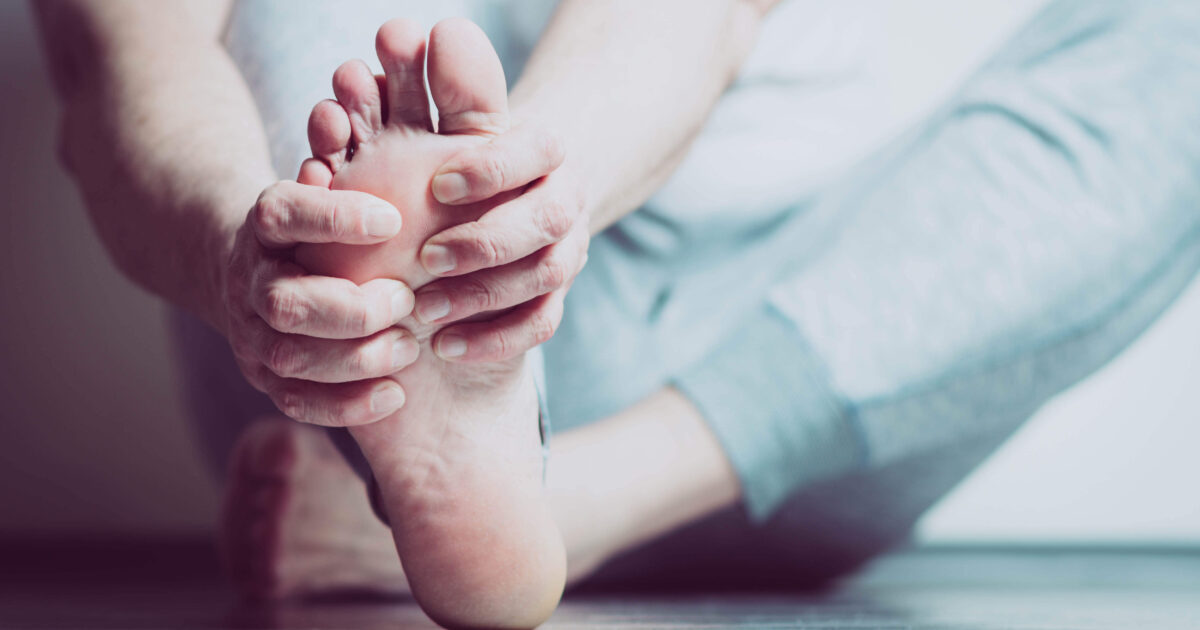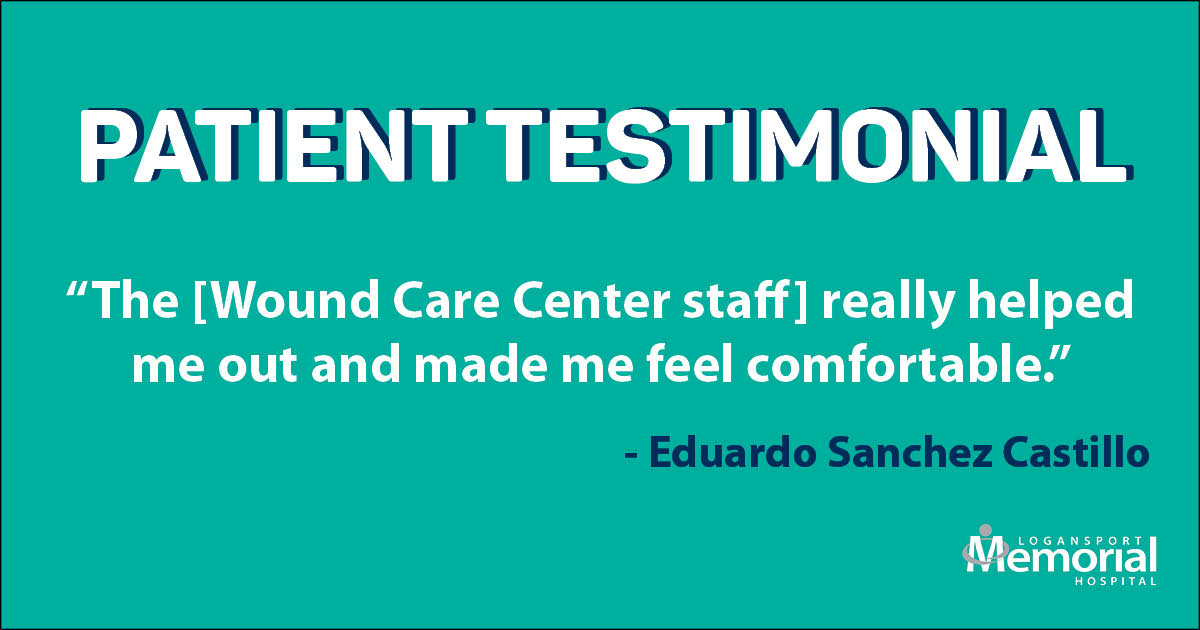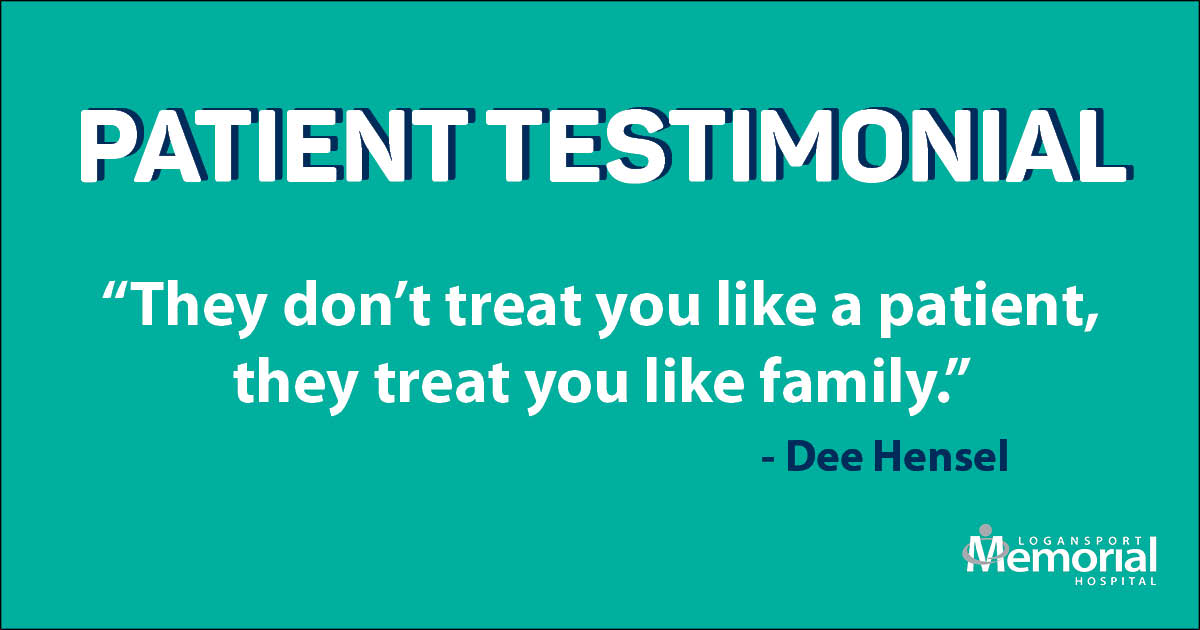This article is part of the Complete Guide to Wound Care.
Housekeeping, laundry, cooking, transportation, shopping, running errands, grooming, bathing, and giving medications: each and every day includes a long list of duties when you’re providing care for a loved one who is ill, disabled, or elderly.

When you have to add to that list the challenge of also providing at home wound care, it might seem overwhelming at first.
Follow the at-home wound care instructions from your loved one’s wound care specialist, and take simple precautions, such as using mild soaps and water that isn’t too hot when bathing and apply lotions to prevent excessive dryness.
To help you feel more empowered while tackling this new and difficult responsibility, the Logansport Memorial Wound Care Center providers offer these tips for ensuring you have the information you need to help prevent new wounds from forming in your loved one.
Prevent three different types of new wounds from forming
Pressure ulcers
Pressure ulcers, better known as bedsores, can be life-threatening if left untreated. They are caused by pressure that gets put on your loved one’s skin when sitting or lying on one part of their body over an extended period of time.
Look for any persistent areas of skin redness or discolored for more than 30 minutes after their position has changed. This is typically the first visible sign of a pressure ulcer, which will later progress to a blue or purple color. Pressure ulcers are also sometimes associated with a change in skin temperature or texture.
When resting in a bed: If you’re providing at home wound care for someone who has trouble moving on their own, help them change position at least every two hours they are in bed. To maximize bed sores prevention, make sure they are using a commercially available pressure reducing mattress, but avoid those that resemble egg crate foam. Place a pillow under their calves to prevent their heels from touching the bed and use pillows and foam wedges to keep their ankles and knees apart.
When resting in a chair: If you’re assisting someone who has difficulty getting around on their own, help them reposition at least once every hour when they are sitting. If you notice your loved one sitting with their legs crossed, encourage them to shift to a new position since crossed legs can reduce blood flow and put pressure on their nerves and blood vessels.
SKIN TEARS AND SENIORS
Are you providing in-home wound care for an older adult? Take extra care to be gentle when helping them move during routine activities to avoid causing any unnecessary friction when shifting in a chair or rolling over in a bed because these actions can result in skin tears. If damage does occur, aid the healing process by dressing the new, minor wound with a protective, non-adherent dressing. Monitor all skin tears, and seek professional medical help ASAP for your loved one if you see any signs of infection.
Diabetic foot ulcers
If you’re helping provide in-home wound care to a patient with diabetes, frequently keep an eye on your loved one’s feet. Diabetic foot ulcers can form as a result of anything from shoes that don’t fit quite right to blisters and cuts.
People who have diabetes don’t always notice when they have pain on their feet because of nerve damage which causes a loss of feeling.
Venous ulcers
Venous ulcers happen most often in people who are overweight. These wounds are caused from inflammation related to venous hypertension. Even once these types of ulcers are healed, there is a possibility for recurrence.
If you’re helping provide in-home wound care to a patient who has (or has had) venous ulcers, >monitor them closely and do what you can to help prevent disability and amputation by helping your loved one lose weight. Work with them to create plan that promotes getting in some daily exercise (via an activity like walking) to increase blood flow to their legs, which may also result in the benefit of reducing their healing time and helping to prevent future venous ulcers.
Don’t forget to take care of yourself, too
Acting as a caregiver for a loved one can be stressful. Don’t be afraid to ask for help if you need it. Pay attention to your own mood and watch out for any signs of depression.
Need help?
Logansport Memorial Wound Care Center provides dedicated wound care in North Central Indiana
Even with the best plan for at-home wound care during wound healing, your loved one may still need professional medical help. Once your loved one has a wound, it is crucial to get a proper treatment plan in place as soon as possible to make sure healing starts ASAP.
Logansport Memorial Hospital has a state-of-the-art wound care facility and a multidisciplinary team of health care professionals ready to help your loved one. If your wound healing process begins to slow or reverse (or if new wounds or infections appear), schedule an appointment.
Learn More & Schedule An Appointment




